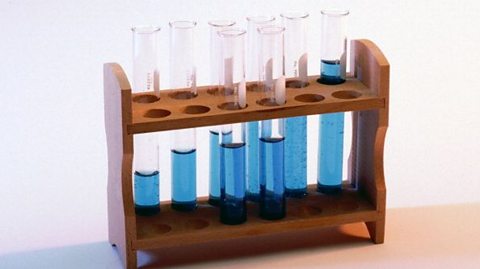What does it take to come up with an invention or a new idea nobody has ever thought of before?
For many scientists, engineers and other innovators, it all starts with a problem that needs solving. łÉČËżěĘÖ Bitesize has spoken to a selection of experts from different industries about some of the inventions we’re on the cusp of - and just how they will change our lives.
Doctors being able to tell in minutes which antibiotics you need
“Everything that modern medicine has done that is fantastic, most of it wouldn't happen without antibiotics,” says Selina Hurley, curator of Clinical and Research Medicine at the Science Museum.
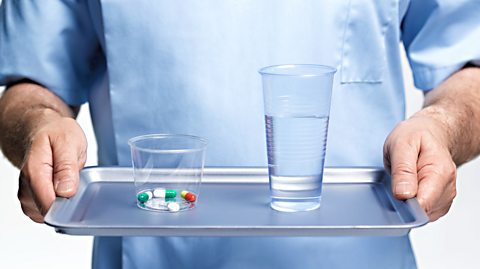
Bacteria are becoming gradually more immune to treatment. The United Nations estimate that, by 2050, 10 million people per year will lose their lives to superbugs caused by this resistance.
To tackle this challenge, a competition called the Longitude Prize was launched in 2014 to challenge scientists to find a solution. It took 10 years for a winner to be announced - Swedish company Sysmex Astrego for its PA-100 AST System, a device that can be used by a GP to test urine samples for infection instead of sending them to a lab and, if needed, recommends a particular antibiotic to treat it.
This reduces the number of people being prescribed either unnecessary or multiple courses of antibiotics. It prevents the overuse of drugs which leads to bacteria becoming immune - or antimicrobial resistance, to give it its official description.
Although the device is only currently used to diagnose urinary tract infections, it could be developed to detect other illnesses.
Turning 2D drawings into 3D models - fast
Did you know that production for Inside Out 2 started in 2020 despite the film being released in cinemas in summer 2024? New technology by San Francisco-based company Kaedim could help to cut the time it takes to create animations and video games by quickly transforming 2D drawings into 3D models.
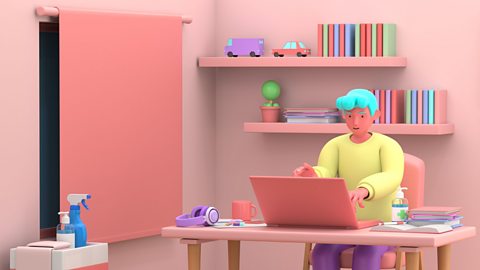
Peter Bartlett, senior lecturer in design thinking at the University of Bristol, says: “It's pretty interesting technology, where you can just take a 2D sketch and, using artificial intelligence and machine learning, convert that quickly into a three-dimensional model.
“It’s a lot quicker and simpler than having to deal with CAD (computer-aided design) software.”
Sustainable shopping carts
One day we may all be pulling our shopping along the pavement in carts instead of piling it into the car boot.
The team at SLANT Sustainable Technologies want to help people reduce the number of times they use their car for short journeys, which has a detrimental effect on the environment.

While many people want to use their car less, it’s tricky to leave it at home when you have bags of heavy groceries to carry.
“So they've developed a cart that you can either pull along or attach to a bicycle or scooter,” says Peter Bartlett.
“It is motorised in a way that it feels like you're basically not pulling anything, and makes short trips more feasible.”
Live gigs in immersive virtual spaces
Imagine having the atmosphere of a gig without leaving your bedroom. New technology being developed by the events company Condense Live aims to create virtual 'true-to-life' events for audiences wherever they might be.

“They have a system for immersive reality where you stand in this kind of wire cage with a half dozen or more different cameras pointed at you from different angles, and they digitise you performing live into a virtual environment,” explains Peter Bartlett, who is also education director at the University of Bristol’s Centre for Innovation and Entrepreneurship.
“The people in the audience come into that environment as A digital image that someone has made of themselves. They can walk around your stage, and can do things that you couldn't do in a typical concert, like walk right up to you. They can type questions into a chat that you could potentially respond to.
“It brings this extra level of interactivity and connection at a live event that you can't get otherwise.”
The UK’s most powerful supercomputer could fight Alzheimer’s
The University of Bristol is working on what will be the UK’s - and one of the world’s - most powerful supercomputers, with the potential to solve many modern day challenges using AI.
Called Isambard-AI, the supercomputer will have an extremely fast processing speed, allowing it to do in a single day what it takes an average laptop five to 10 years to complete.

The supercomputer will be able to analyse large data sets, such as weather reports or medical results, and find patterns that would be impossible for humans to quickly identify. It is expected to play a vital role in the development of new medical treatments and in helping us understand and tackle climate change.
Prof Simon McIntosh-Smith, who is co-leading the Isambard-AI project, says: “The Met Office has some of the biggest computers in the world, and even they can only look a little way into the future for prediction. You can train AIs on past weather patterns and on simulated data, and they're very, very good at predicting weather and climate.”
The Isambard-AI project is also working with researchers at the University of Oxford to develop new Alzheimer's drugs.
Prof McIntosh-Smith says: “The AI can basically consider almost any kind of drug that could be developed and come to an expert conclusion about what will be the most promising ones to try.
“I think over the next few years, we'll start to see real progress in vaccines to protect people from Alzheimer's and other forms of dementia, which is really, really exciting.”
Reducing the risk of parents passing diseases on to their children
It’s more than four decades since the first IVF baby, Louise Brown, was born and advances in the process are happening all the time.
Experts at the Newcastle Fertility Centre have begun trials of a new treatment that will bring hope to parents at risk of passing serious ​​Tiny parts of cells floating in the cytoplasm where energy is released from glucose. The glucose comes from food. diseases to their children.

It involves taking nuclear DNA (the DNA found in a cell’s nucleus) from both parents, avoiding the unhealthy mitochondrial DNA that would otherwise be passed from mother to child, and placing it inside a donor egg.
Harriet Jackson, assistant curator of medicine at the Science Museum, where a pipette used to extract the DNA is on display, says: “The pipette has an opening that's a fraction of the width of a human hair.
“The precision and the work of the scientists to develop this technique and to do this level of detailed work is what I think is so amazing. It's happening on such a tiny scale and yet, you know, it has such a large impact on people's lives.”
This article was published in October 2024
Looking for quizzes, amazing stories and fun facts?
Bitesize Topical has it all!

Five amazing biodegradable inventions which could potentially replace plastic
What is 'biodegradable' and what do these amazing inventions mean for the future of plastic?
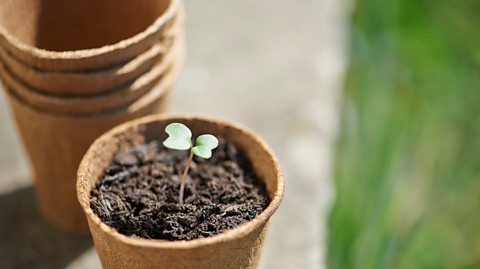
Four movies that got the future wrong
How well did Hollywood classics predict the future? Some are surprisingly accurate, but others? Maybe less so.
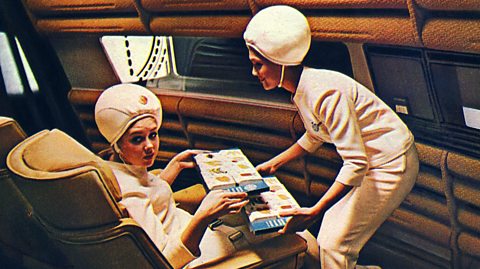
The British scientific discoveries quiz
How much do you know about the inventions and theories pioneered in the UK?
